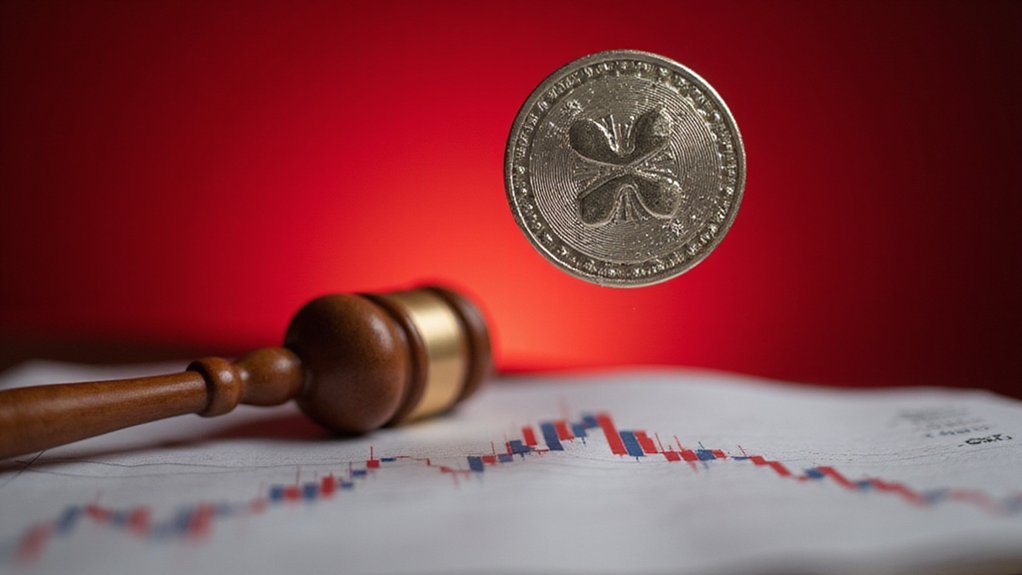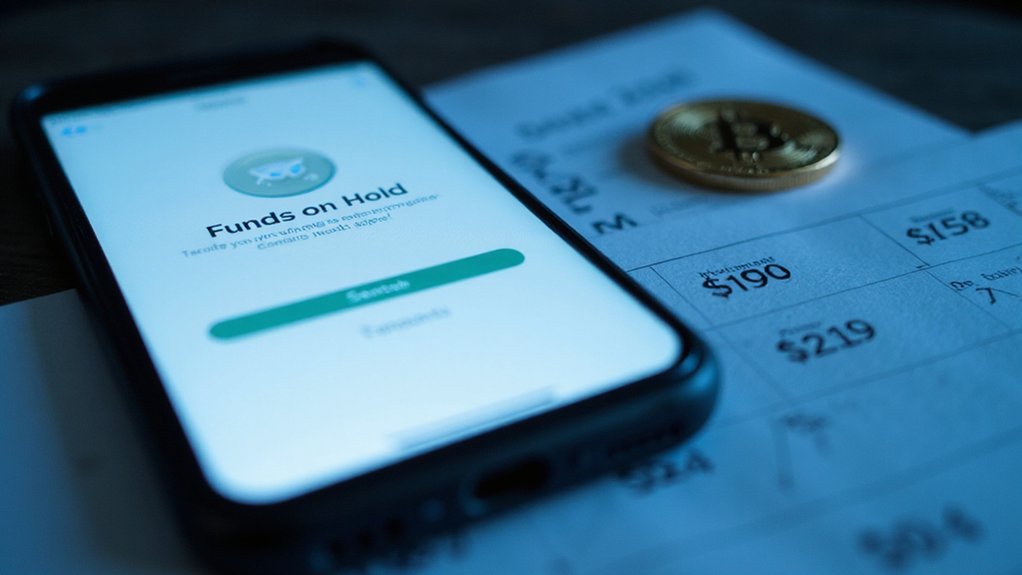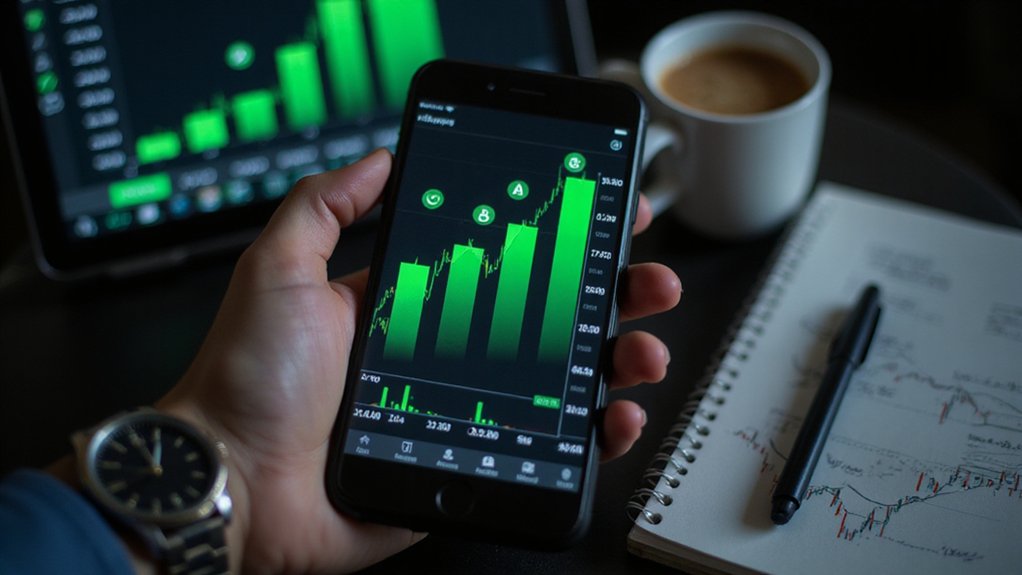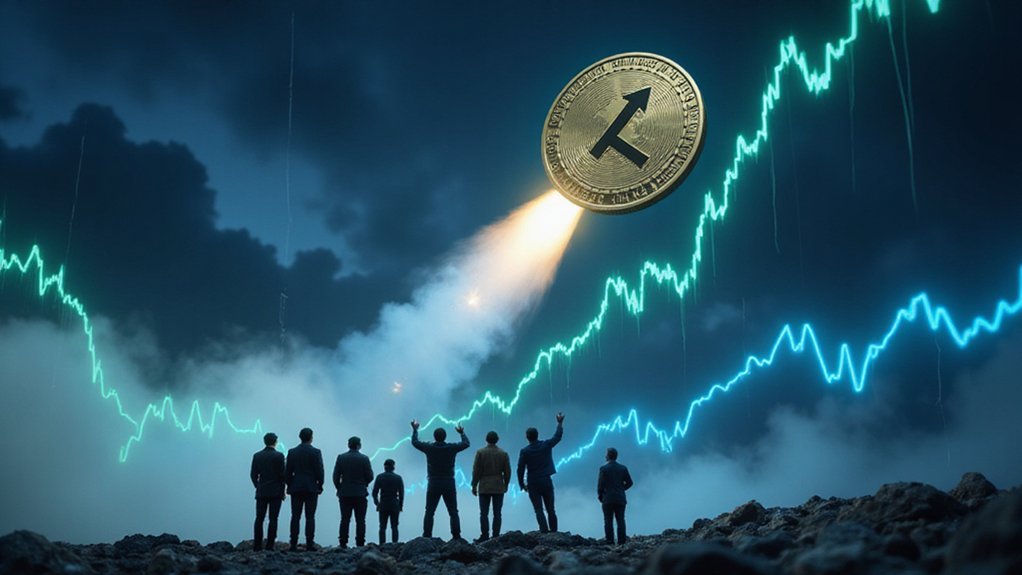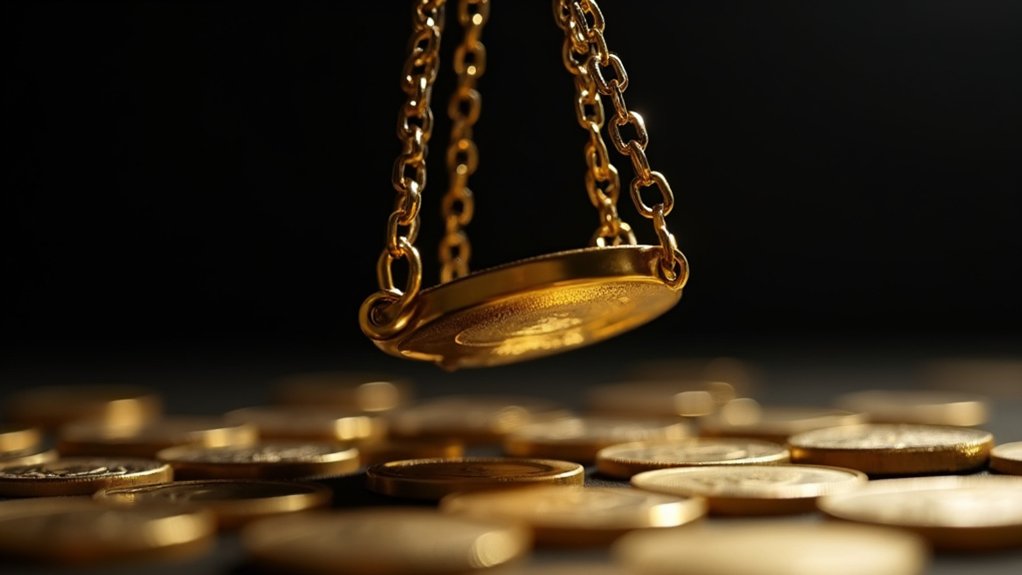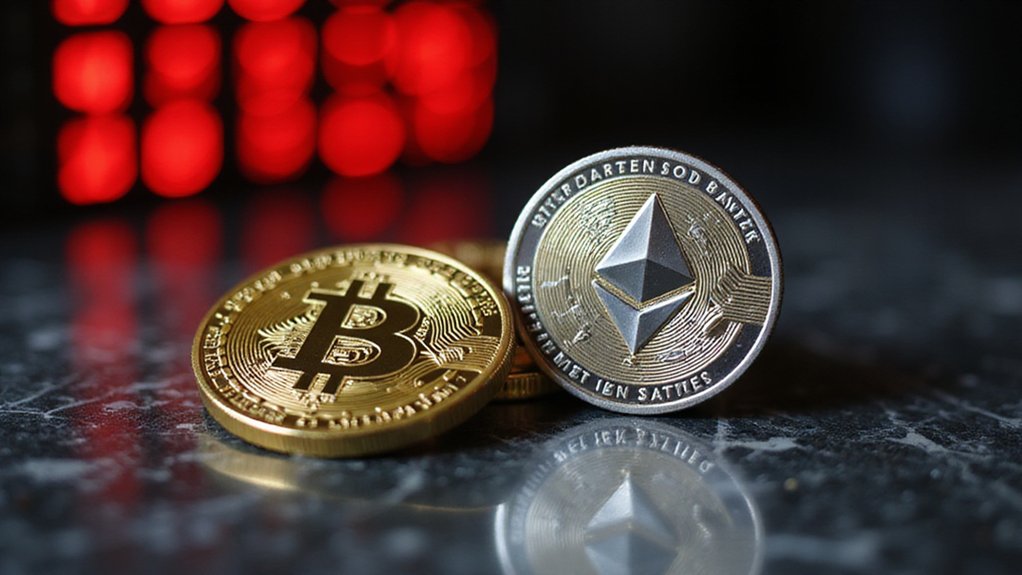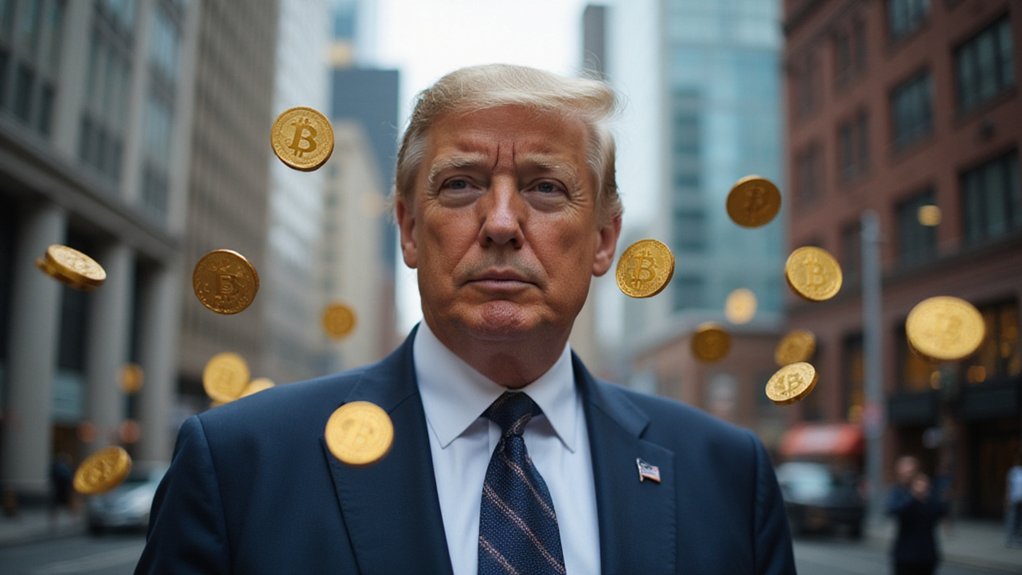While Ripple Labs clinched a significant legal victory as the SEC officially abandoned its appeal against the company, XRP’s price performance has confounded market expectations with an underwhelming trajectory that belies the magnitude of this regulatory breakthrough.
The cryptocurrency, which initially surged to approximately $2.60 following the announcement, has since retreated and stabilized at levels that have left many analysts scratching their heads—a curious anticlimax to what was widely anticipated to be a watershed moment for the digital asset.
The settlement terms proved relatively favorable, with Ripple agreeing to pay a comparatively modest $50 million fine and both parties withdrawing their respective appeals.
In a strikingly conciliatory resolution, Ripple’s $50 million fine secured mutual appeal withdrawals—a regulatory detente years in the making.
This resolution ostensibly provides regulatory clarity that has eluded XRP for years and establishes a potentially industry-defining precedent for other cryptocurrencies traversing the labyrinthine regulatory landscape.
The SEC’s lawsuit initially wiped $15 billion from XRP’s market value when it was filed in December 2020, making the current price recovery all the more significant.
Yet the market’s tepid response suggests a more complex calculus at work.
Perhaps most telling is the Exodus of “whale” investors—those holding more than one million XRP tokens—who have been steadily reducing their positions despite the court victory.
This counterintuitive behavior hints at lingering skepticism that transcends the immediate legal outcome, possibly reflecting broader concerns about XRP’s long-term prospects or more attractive opportunities elsewhere in the increasingly diverse cryptocurrency ecosystem.
The lack of definitive statements from the SEC has only exacerbated the uncertainty, leaving a vacuum where clarity should reign.
This regulatory ambiguity, coupled with cryptocurrency’s inherent volatility, has created an environment where even unequivocal legal victories fail to translate into sustained price appreciation.
Ripple’s strategic positioning remains potentially robust, with ongoing financial institution partnerships and global expansion opportunities that could eventually drive adoption.
Despite XRP’s technological advantages, including its ability to process 1,500 transactions per second compared to Bitcoin’s mere 7 TPS, the market hasn’t fully reflected these technical superiorities in its valuation.
Some analysts maintain that XRP could surpass $3 if market conditions align favorably.
However, for the moment, the disconnect between legal triumph and market performance serves as a stark reminder that in cryptocurrency markets, regulatory victories represent merely one variable in an exceedingly complex equation—one where investor psychology and market dynamics often trump even the most consequential legal developments.
